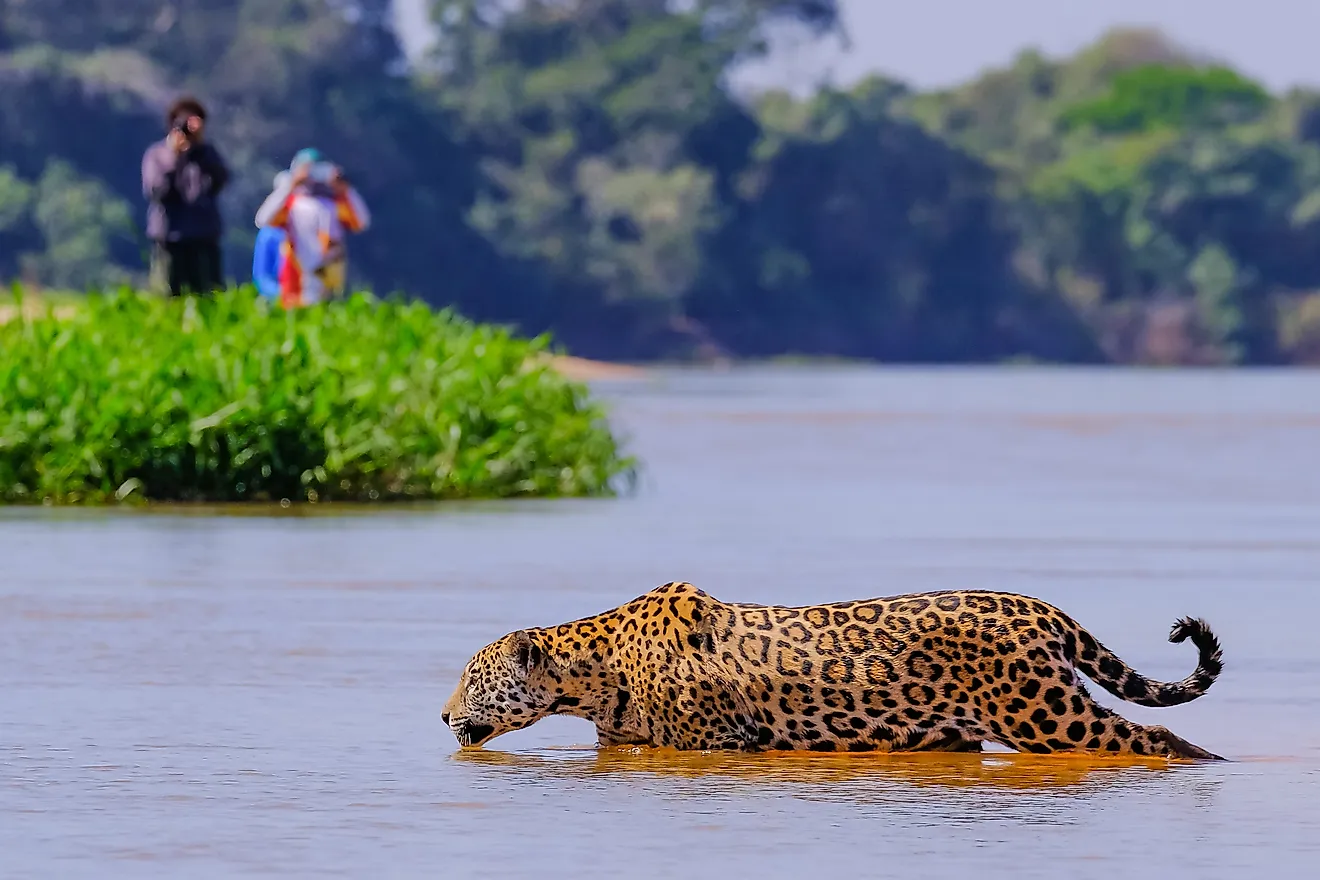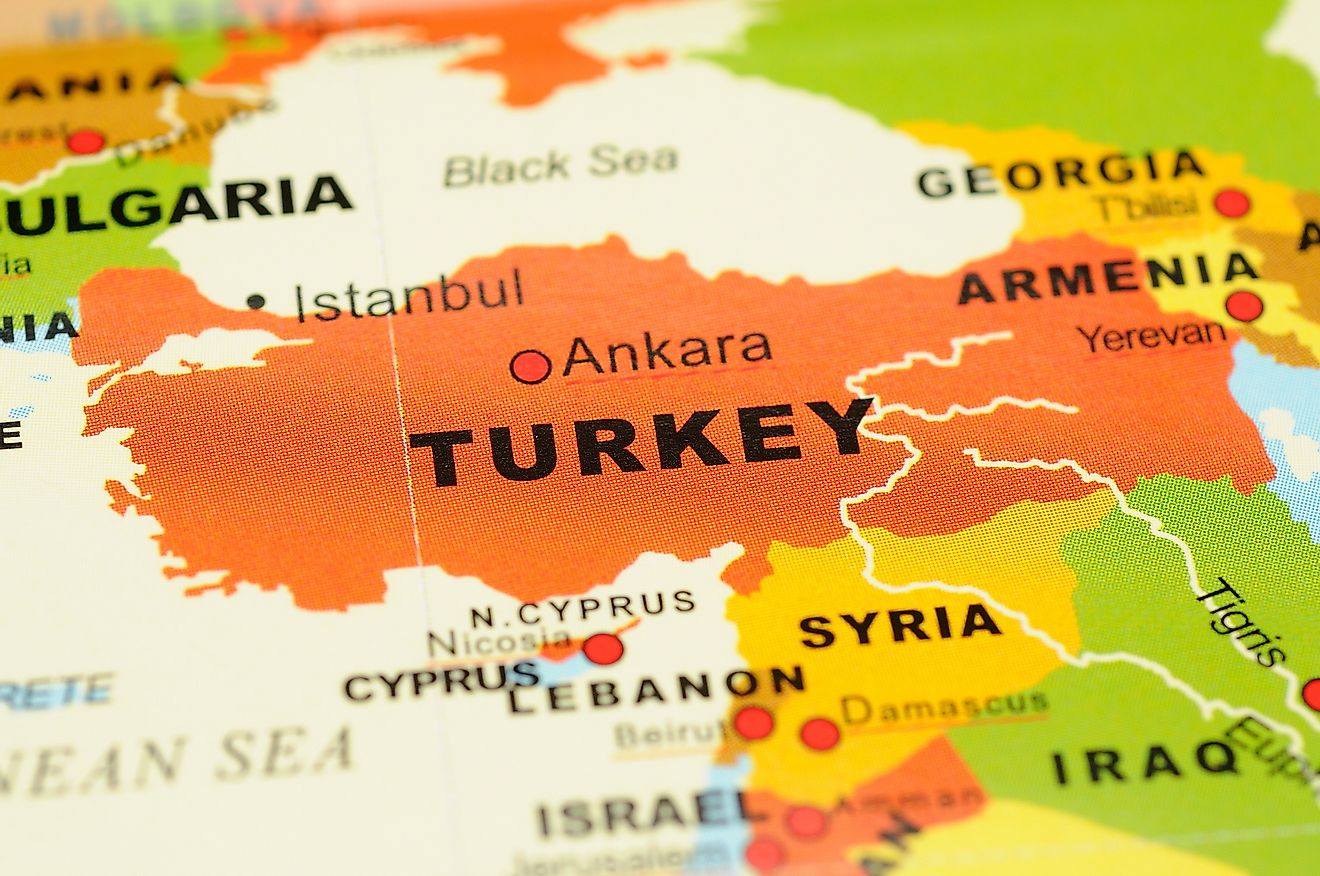How Was Crater Lake Formed?
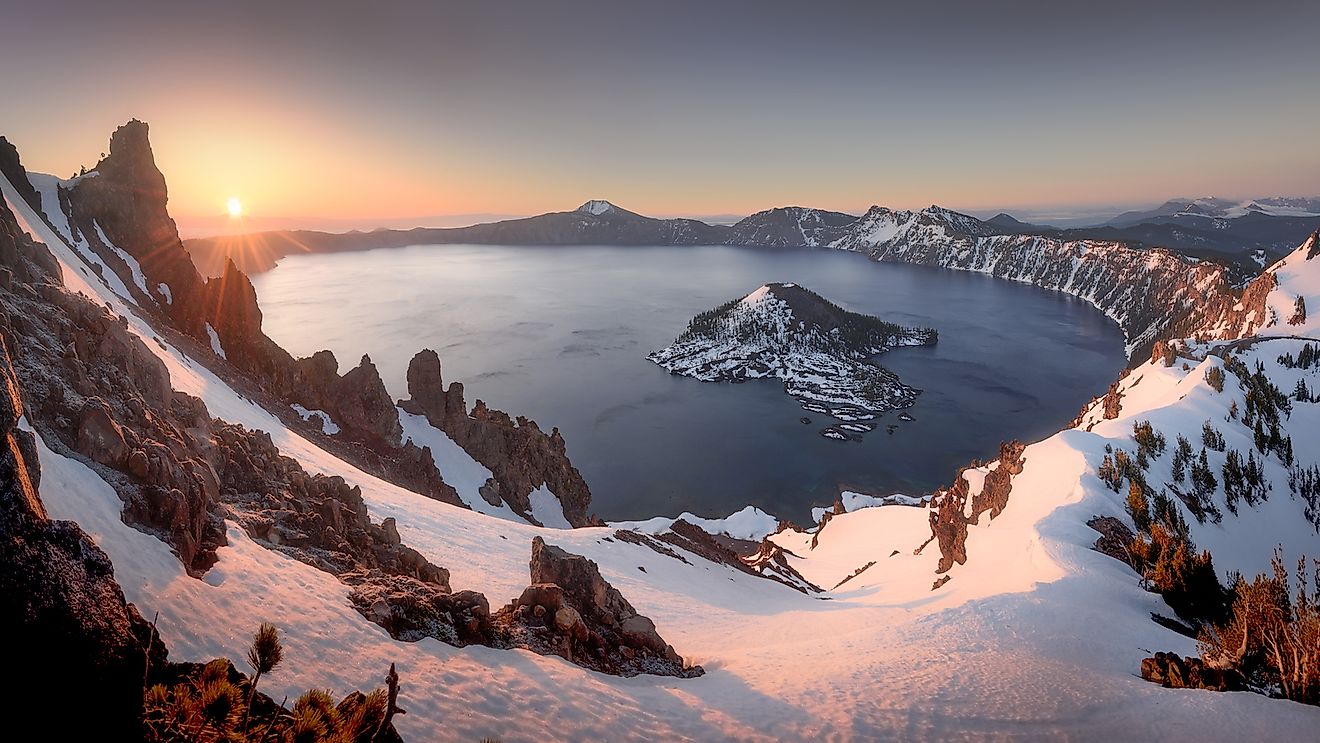
- After a violent eruption, the inner magma chamber of an ancient volcano collapsed in on itself, creating a deep caldera in modern-day Oregon.
- Experts estimate that it took approximately 250 years for the caldera to fill to its present-day amount of five trillion gallons of water, ultimately creating Crater Lake as we know it today.
- The ancient Makalak people attributed the collapse of the volcano to a mighty battle between the sky and mountain spirits.
Crater Lake is located in the western state of Oregon. Perhaps unsurprisingly, it is the main attraction of Crater Lake National Park which sees on average 500,000 tourists every year for such activities as hiking, fishing, and in the winter months, skiing and snowshoeing. However, this serene, picturesque landscape is the result of violent geological activity. The following article explores in detail the amazing process of how the iconic Crater Lake was formed.
The Formation Of Mount Mazama
Mount Mazama began to form approximately 400,000 years ago due to a series of volcanic eruptions. At its peak, the mountain stood as high as 12,000 feet (3,658 meters) above sea level. It is part of the Cascade Arc, a collection of volcanoes that stretches across 700 miles from southern British Columbia in Canada to northern California in the United States.
The Formation Of The Caldera
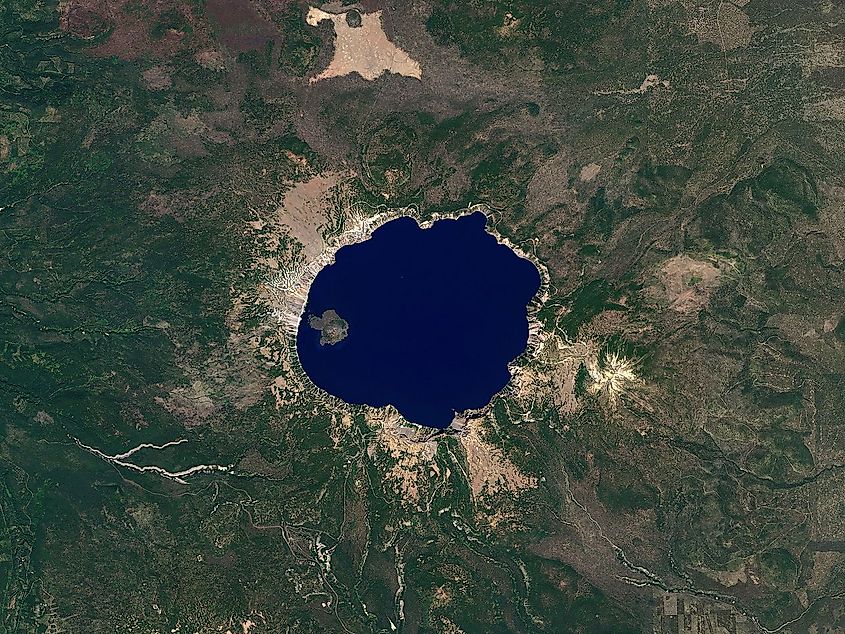
Despite its name, Crater Lake is not a crater, but a caldera. Both are formed as a result of volcanic activity; however, the former is created by an outward explosion of rock and other materials, while the latter is a deep basin formed by the inward collapse of the magma chamber. In the case of Mount Mazama, this cavity was located roughly three miles below the earth’s surface.
Approximately 7,770 years ago, it erupted in spectacular fashion and out of the volcano spewed twelve cubic miles of lava. Ash and pumice—or volcanic rock—obliterated the surrounding region, reaching as far as the Canadian province of Alberta. Rare particles from the explosion have even been found frozen in ancient ice from Greenland.
During the eruption, so much magma was expelled from the inner chamber that the volcano lost its structural integrity. Without any support, the walls collapsed into the empty void to form a caldera measuring roughly five miles from north to south and six miles east to west.
Even though it took hundreds of thousands of years for the volcano to form, geologists assume that it only took a few hours—days at most—for it to collapse. It is considered one of the largest recorded volcanic eruptions in recent history, and although the remains have been dormant for the last five thousands years, professionals are confident that it will at some point become active again.
How Was Crater Lake Formed?
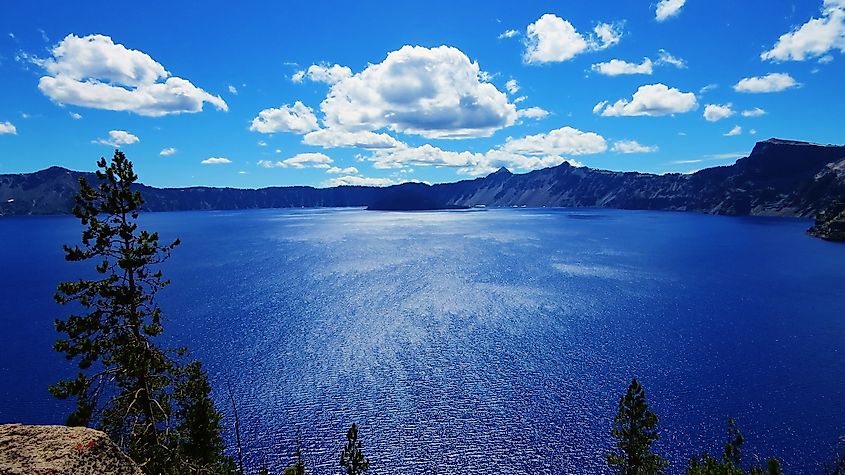
Today, this caldera is known as Crater Lake and is famous for its striking blue hue and clear, mirrorlike quality. It is the deepest lake in the United States, measuring 1,949 feet (594 meters), also making it the ninth deepest lake in the entire world.
Because no other water source travels into the lake, it filled over time as a result of rain and snowfall. Experts estimate that it took approximately 250 years for the caldera to fill to its present-day amount of five trillion gallons of water. Evaporation and seepage keep its level balanced.
A Local Legend On Crater Lake Formation
For the ancient Makalak people, who lived thousands of years ago, the mountain was an important symbol with religious significance. One legend explains that Skell, the spirit of the sky, and Llao, the spirit of the mountain, were engaged in a mighty battle. When Skell emerged victorious, Mount Mazama collapsed inward in defeat. Following its destruction, the Makalak people mourned the loss of Llao. Today, the Klamath people honor their ancestors by sharing accounts of the volcano’s eruption and the battle between sky and mountain.
